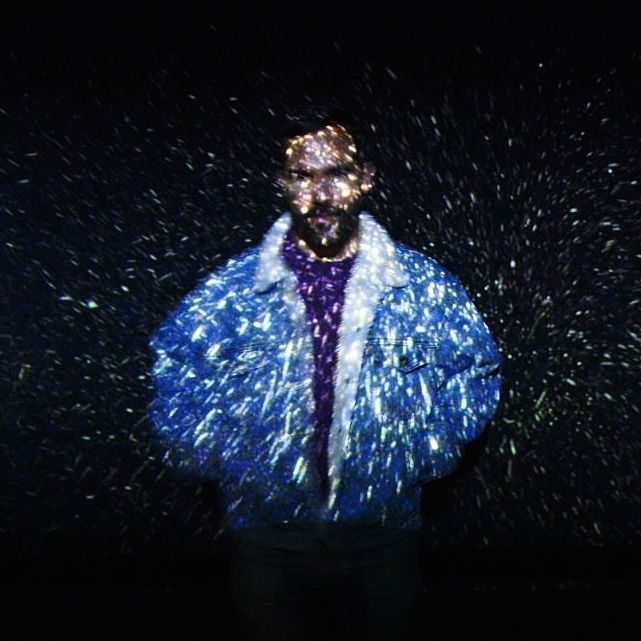PHOTOS & SPANISH VERSION BELOW
The walk on the seafront of Viareggio is one of the most beautiful in Italy. This promenade is where its unique carnival parade takes place. Along four kilometres of coast, one can see the beach on one side and some beautiful – and deeply decadent – Liberty-style buildings on the other. Today a modern city, Viareggio’s most distinguished monuments are the Art Déco buildings facing the waterfront, which have preserved their original structure since the beginning of the 20th century.
Walking along the boulevard in direction to the sea, the walker meets the majestic Grand Caffè Margherita, one of its most emblematic constructions once frequently visited by Guglielmo Marconi, Ermete Zacconi, and Giacomo Puccini. The Magazzini Duilio 48, with its curved facades, are also part of this artistic style, as well as the ones of Bagno Balena, the Caffè Concerto Eden and other frontage ornamented with enamels, tiles, and ceramics representative of this artistic style from the years 20s and 30s of the past century.
Andrea Maria Galileo Chini, painter, architect, set designer, graphic designer, and ceramist participated in the design of these buildings. Galileo Chini is considered one of the protagonists of the Liberty Movement, the Italian style situated halfway between Art Nouveau and Art Déco.
Viareggio art déco, decadencia chic en la costa de la Versilia
El paseo marítimo de Viareggio es uno de los más bellos de Italia y por donde discurre el desfile de su singular carnaval. A lo largo de sus 4 kilómetros se extiende la playa por un lado y algunos hermosos (y profundamente decadentes) edificios de estilo Liberty por el otro. Viareggio es hoy una ciudad moderna, y sus monumentos más ilustres son los edificios art déco agrupados en el paseo marítimo que desde principios del siglo XX han conservado la estructura original.
Caminando por el bulevar hasta el mar es posible admirar uno de los más emblemáticos: el Grand Caffè Margherita, otrora frecuentado por Guglielmo Marconi, Ermete Zacconi y Giacomo Puccini. Los Magazzini Duilio 48, con sus fachadas curvas, también forman parte de esta corriente arquitectónica, así como la fachada del Bagno Balena, el Caffè Concerto Eden y otras construcciones decoradas con esmaltes, lacas y cerámicas, típicos de los años veinte y treinta, en cuyos diseños participó Andrea Maria Galileo Chini. Chini fue pintor, arquitecto, escenógrafo, diseñador gráfico, artista italiano de cerámica y uno de los protagonistas del estilo italiano Liberty, asociado al art nouveau y al art déco.





















